Perhaps the greatest promise of the internet of things is the insights to be gained from a flood of data provided by ubiquitous, wirelessly connected sensors. On January 9, this promise came closer to reality when Uber announced the launch of a new website that will display traffic data in the cities where it operates. The new website, Uber Movement, will display traffic volumes in different city zones based on anonymized data from Uber drivers’ smartphone applications. This website aims to make urban transportation more efficient by providing current data on traffic patterns. Ultimately, this practice could expand beyond the transportation sector and lead to both greater private sector data sharing along with greater data-driven policymaking.
most valuable asset
Since drivers own their vehicles, the most valuable resource that rideshare companies like Uber and Lyft own might be the data that each ride generates. This information feeds algorithms that pair drivers with riders and also price rides to match supply and demand. The business model built around this data has led to multibillion-dollar valuations for Uber and Lyft. Given the value of this data, Uber was reluctant to make this data publically available until now. Uber has an interest in improving transportation infrastructure where it operates. The data sharing may also assuage city regulators who have demanded data in exchange for permitting Uber to operate.
Cities have a keen interest in the traffic data that Uber generates: traffic management is a pressing issue in cities with populations growing faster than their roadways can handle. However, building additional roads is an expensive and lengthy endeavor, and evidence suggests that expanding roads does not decrease congestion. Directing vehicle traffic more efficiently can reduce congestion in cities, but many traffic lights do not respond dynamically to changes in traffic volumes. Installing sensors to provide instantaneous traffic data remains costly, but in the meantime, cities could partner with businesses like rideshare companies that already collect this information.
Private data, public interest
Users of rideshare apps must agree to allow these companies to use their location data, which they need to dispatch drivers. However, using this data outside of this context presents some privacy concerns for both drivers and riders. While these groups might consent to a rideshare company using their location data to provide a service, they might not consent to government using their location data. To allay these concerns, Uber Movement aggregates traffic data into zones, and no data is provided for zones without a sufficient number of trips to make the data truly anonymous. If cities can demonstrate how anonymized location data can reduce traffic congestion, consumers and companies may be more willing to share their data for their mutual benefit. Like Uber, cities have the opportunity to use existing sensor data from smartphones to improve transportation services.
Reaping the full benefits of the internet of things will require novel agreements between the private sector companies that collect data and public sector agencies that can use it shape policy. However, this data sharing must also include the customer. Publishing aggregate data on a website for everyone to see is one way to ensure that customers know exactly how their data is being used in a public sector context. There are certainly some privacy concerns with making this data public, but as long as steps are taken to remove any identifying information, personal data can serve the public interest. Furthermore, relieving traffic congestion is only the beginning of using sensor data to solve policy issues. While more data cannot solve every problem, greater availability can lead to more precise policy solutions.
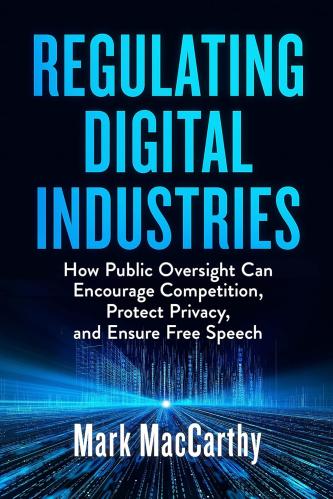
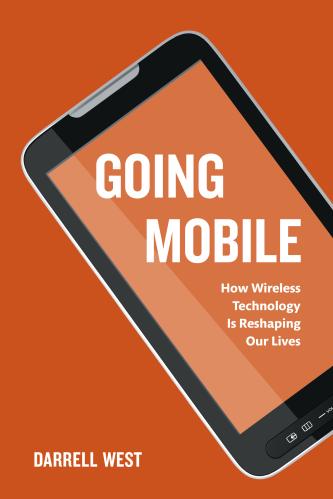
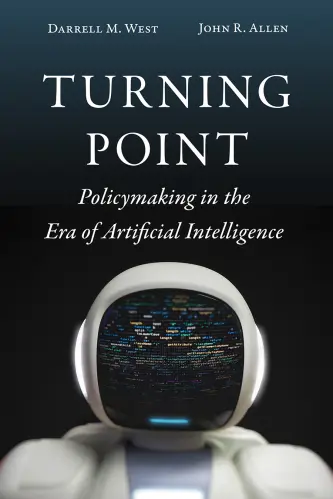
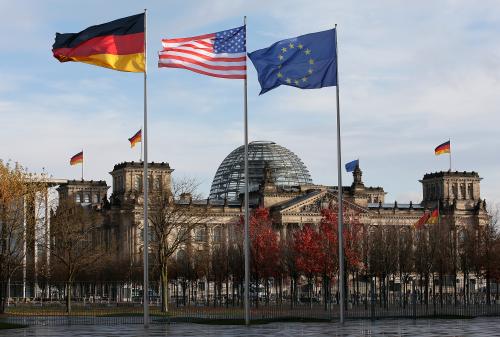
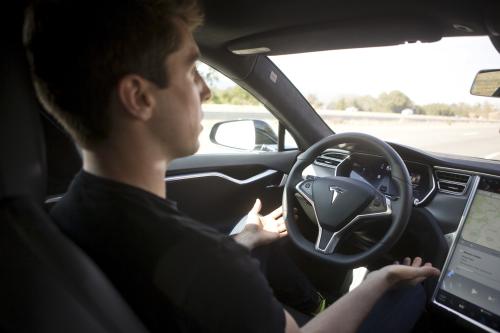
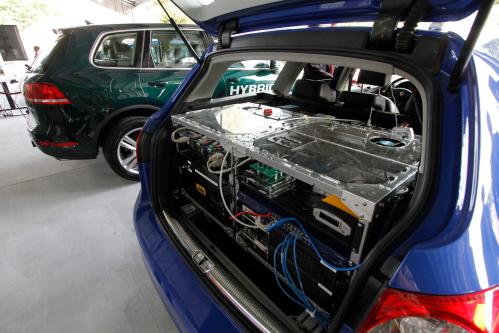


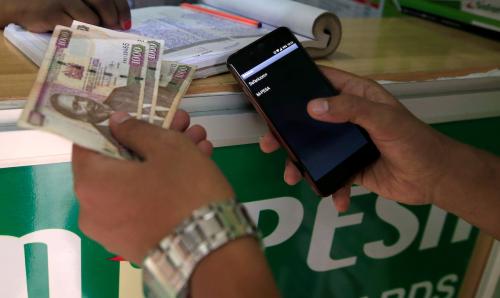

Commentary
Online traffic data tool shows public benefit of internet of things
January 19, 2017